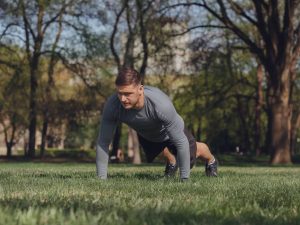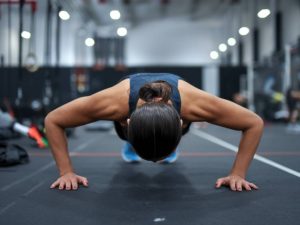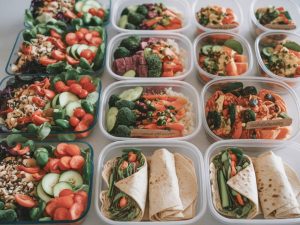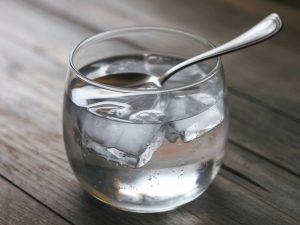How intermittent fasting impacts athletic performance
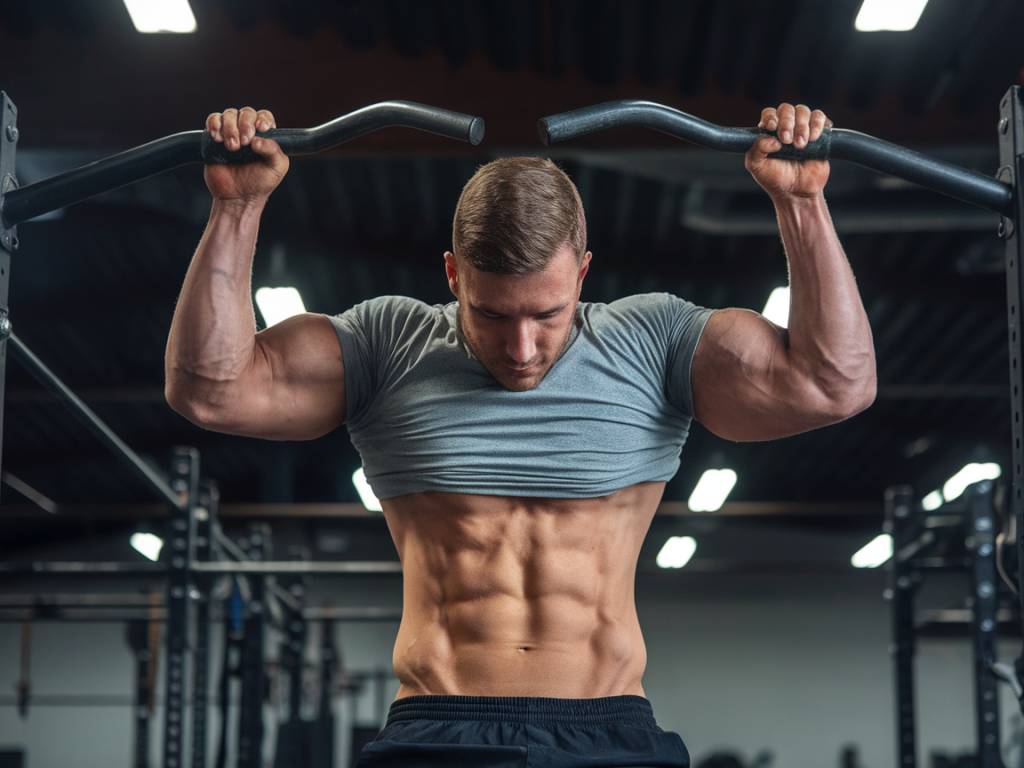
How intermittent fasting impacts athletic performance
What Is Intermittent Fasting?
Intermittent fasting (IF) has taken the health and fitness world by storm over the past few years, but it’s not exactly a new concept. It’s an eating pattern that cycles between periods of eating and fasting. Unlike most diets, it doesn’t dictate what you eat, but rather when you eat. Popular approaches include the 16/8 method (16 hours of fasting and an 8-hour eating window) and the 5:2 diet (five days of normal eating and two days of very low calorie intake).
But here’s a question worth asking: What happens when this trendy eating routine meets athletic performance goals? Whether you’re a weekend warrior or a professional athlete, understanding how intermittent fasting impacts your body and energy levels is key to optimizing performance.
How Does Intermittent Fasting Affect the Body?
Let’s get technical for a moment—you can handle it! During a fasted state, the body shifts from using glucose (carbohydrates) as its primary energy source to burning fat. This metabolic switch not only helps with fat loss but also leads to other benefits such as improved insulin sensitivity and reduced inflammation. Great news, right?
However, there’s a catch: Your body’s glycogen stores (its carbohydrate fuel tank) are limited. For athletes, particularly those who rely on explosive energy or endurance, this can create challenges. The question then becomes whether the benefits of fasting outweigh these potential downsides for athletic performance. Let’s dive into the details.
Benefits of Intermittent Fasting for Athletes
Before you dismiss intermittent fasting as a recipe for fatigue-filled workouts, it’s worth considering the potential benefits. Here are a few perks that athletes might experience:
- Improved Body Composition: IF can help athletes shed excess body fat while preserving lean muscle mass. This might be especially appealing for sports where weight categories or speed are key factors (think running, cycling, or martial arts).
- Enhanced Fat Adaptation: By training in a fasted state, some athletes improve their ability to burn fat for fuel during long-duration activities. This can be a game-changer for endurance sports.
- Reduced Inflammation: Fasting has anti-inflammatory effects, which may help with recovery and reduce the risk of injury. And let’s be real—no one likes training through nagging aches and pains.
- Mental Clarity: Fasting triggers the production of brain-derived neurotrophic factor (BDNF), which may enhance focus and decision-making during training or competition. Staying sharp in high-pressure moments? Yes, please!
Challenges of Intermittent Fasting for Athletes
No approach is perfect, and intermittent fasting is no exception. Here are some potential pitfalls for athletes to watch out for:
- Energy Deficits: Timing is everything. If your fasted state coincides with a high-intensity workout, you might struggle to sustain peak performance due to reduced glycogen stores.
- Muscle Loss: While IF can help preserve muscle mass in general, inadequate protein intake during eating windows could lead to muscle loss over time. And let’s face it, no one trains hard to lose their gains.
- Recovery Issues: Post-exercise nutrition is crucial for recovery. If your fasting schedule prevents you from eating after a workout, your ability to rebuild muscles and replenish glycogen may be compromised.
- Not One-Size-Fits-All: Every body is different. Female athletes, in particular, may experience hormonal imbalances if fasting is too intense or prolonged. It’s important to listen to your body.
How to Incorporate Intermittent Fasting as an Athlete
If you’re intrigued by the idea of intermittent fasting but don’t want to jeopardize your athletic performance, balance is key. Here are some practical tips to make it work:
- Time Your Workouts Wisely: Aim to schedule high-intensity or long-duration workouts during your eating window. This ensures you have the energy to perform and the nutrients to recover afterward.
- Prioritize Protein: During your eating window, make sure you’re consuming enough protein to support muscle repair and growth. Think lean meats, eggs, tofu, or protein shakes.
- Don’t Skimp on Carbs: Carbohydrates are still king when it comes to fueling exercise. Include complex carbs like sweet potatoes, quinoa, or brown rice in your meals.
- Stay Hydrated: When you’re fasting, your body can lose fluids more rapidly. Make hydration a non-negotiable, especially around your workouts.
- Start Small: If you’re new to IF, ease into it. Try a 12-hour fasting window before committing to something more advanced, such as the 16/8 method.
Real-Life Example: An Athlete’s Experience with Intermittent Fasting
Meet Lisa, a competitive marathon runner who started experimenting with intermittent fasting to improve her endurance and shed a few pounds. She began with a 14/10 fasting schedule, ensuring her workouts were during her eating window.
At first, Lisa struggled with low energy during morning runs. However, she adjusted by waking up earlier to hydrate and consuming a small carb-focused meal before her runs. Over time, her body adapted, and she noticed improved fat utilization during long runs. Lisa also appreciated the mental clarity she experienced during training, feeling more focused at the start line of her races.
Her takeaway? Intermittent fasting wasn’t a miracle solution, but when done thoughtfully, it complemented her training and brought her closer to her goals.
Should You Try Intermittent Fasting as an Athlete?
Ultimately, whether or not intermittent fasting fits your athletic lifestyle depends on your goals, sport, and individual response. It might not be the best choice for short-burst, high-energy activities like sprinting or weightlifting, but it could be a valuable tool for endurance sports or body composition changes.
Experimentation and self-awareness are crucial. If you’re curious, give it a try—but don’t be afraid to tweak your approach if it’s not serving you. And remember—there’s no « one-size-fits-all » rule in nutrition or training. Your body is your best guide!


